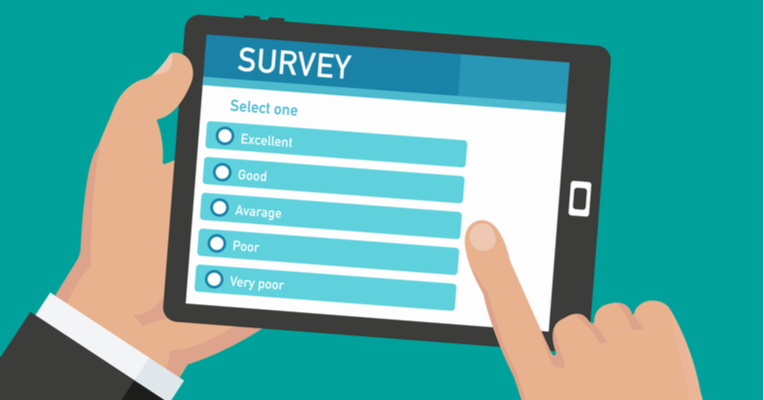In public relations, as with with so many practices, having good data is important. Whether your focus is in consumer or B2B tech PR or communications programs for fintech or nonprofit work, being able to serve up precise numbers can go a long way in media relations. Surveys are effective for generating such data. If done well, the facts and figures can be used immediately, and then keep working for months to come. Here are our keys to using surveys effectively for good PR.
Make it super relevant. New stats about snow-related injuries in New York City can make for compelling stories, but if it’s the middle of summer, who cares? Similar to our point about “newsjacking” as an effective way to find a story angle, it’s better to find ways to connect a survey to what’s making headlines right now. Presidential election, anyone?
Don’t get too complicated. If the reader has to struggle or work too hard to understand the math, it’s too complicated. Keep the calculations simple but not dumbed down, and the points streamlined. A good survey should be constructed around a key theme anyway, with some sense of the outcome already in mind from the outset.
Be transparent. Use sound principles and an honest vendor partner (if not conducting the survey in-house), and be able to answer questions about how the survey was conducted. Always be prepared to provide access to the raw data if asked (but not many will ask for it anyway). Cite sources of information, and provide ample context about how and when the survey was done.
But don’t reveal too much. Answer all media’s questions, but you don’t need to reveal every detail. Over explaining tends to bore people, and certain details about how your survey was conducted might make it seem less strong. For example, did you need to cut the respondent pool to 400 from 1,000? Did it take two weeks to achieve the required number of responses? No need to reveal these facts unprompted, and if no one asks, why tell?
Have more than one or two key data points. To ensure good coverage in media, data from a survey must be enough to work as a standalone story, as opposed to one fact woven into a possible story about other things. Make sure survey results are mined and organized in such a way that they reveal several interesting, takeaway points, not just one or two.
But have a clear lead. In providing adequate messaging, however, don’t allow key takeaways to fight for attention or confuse the reader. Include a clear, strong point that can work as a headline, making it easier for journalists to understand what’s most important. Other points should back up, or relate to the lead message.
Keep data on hand for talking points. Compelling facts unearthed by surveys make for great fodder that can be sprinkled throughout media interviews and presentations. Including precise figures adds credibility and gives media and audiences some concrete to latch onto, so be sure to keep a cheat sheet of sorts with relevant points from surveys.
